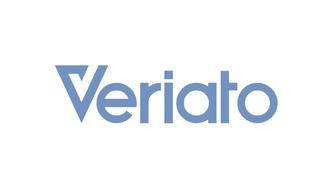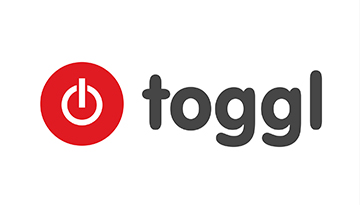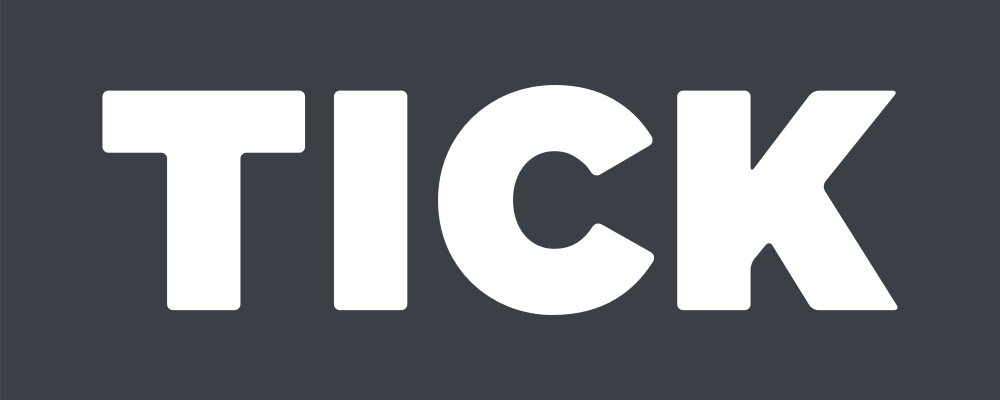Measuring Task Duration with Time Management Tools: Why Bother?
If you can measure it, you can improve it, right? In today’s article, we’ll show you how measuring task and project duration with time management tools can help your business be more effective. Let’s dive in!
Time is money. You’ve heard this one about a million times. And every time we hear it, it seems as though it rings more true. That might be the reason why we feel it’s incredibly important to be able to measure time accurately.
To that end, you can implement and use time management tools such as Insightful. That way, you get accurate measurements, all the data in a clean format and you don’t even have to do that much! But, as you can imagine, this is the easy part.
Once you have measured task and project duration, the hard part is getting to the other side of the equation - how do you get to the ‘money’ part?
Measuring how long it takes an employee to do a task or a team to complete a project gives you nothing but numbers on paper (or, in this case, on the screen). If not analyzed properly and then used to make business-changing decisions, this data is useless, your time tracking tools are just collecting dust and you’re wasting hundreds and maybe even thousands of dollars on subscription that has no value for your company.
However, if used wisely, the data you get from time management tools can give you a lot of actionable insights. So let’s take a look at five reasons why measuring task and project duration is worth investing into.
1. Pinpoint the Strengths
Knowing which one of your employees is good at what kinds of tasks is a piece of information you can use in a lot of ways.
Say your employee time tracking tools show you that the average time your workers spend on a particular task is 1 hour, but you also notice that one employee spends 45 minutes while producing the output of the same quality.
Say also that at one point you get a call from a client saying ‘I need this task done as urgently as possible’. Now you know who’s your go-to guy (or girl).
Not to mention the fact that employees are going to be a lot more efficient and be able to take on more projects if this sort of smart work allocation is in place. But just one warning - don’t overburden one employee with one specific task, especially if that task is menial and boring (copy-pasting, we’re looking at you!).
2. Discover the Weaknesses
Pinpointing problem areas is just as crucial and informative as knowing what your team’s strengths are.
Take the example from above. If the average time for this task that you’re monitoring with project management time tracking tools is one hour and you notice that one employee usually spends almost two hours for the same task in order to produce similar results, that’s an indication that something is off.
If slacking off is what you’re suspicious of, time management tools will be able to tell you how much time was spent on unproductive activities or away from the computer. But if all checks out here, you might have the case of the need for additional support on your hands.
Providing further training for the staff that lacks skills in doing a certain task will not only show that you care, thus making the employees more motivated, but will also increase the whole team’s efficiency in the long run.
3. Set Deadlines
Using accurate software such as time tracking tools for projects can provide the basis for many important decisions. One such decision is setting deadlines.
Deciding how much time each project should take can be a tricky thing, but the information on how long it took your team to complete similar projects in the past can make you much more informed, accurate and realistic when faced with the next project.
Properly managing deadlines has a positive effect not only on employees’ stress levels and performance, but also on how reliable your clients perceive you to be. But more on that in the next section.
4. Manage Client Expectations
Setting deadlines that are realistic and achievable goes a long way towards establishing accountability and reliability with your clients. This way, they know exactly what they can expect from your team, and your employees aren’t faced with an impossible task either.
Another handy feature of time management tools is the ability to integrate hourly rate into the time tracking functionality, which gives you fair and accurate reports on billable hours that you can present to your clients.
And if you have many clients and are working on many different projects, you can automate much of this process and eliminate any chance of human error by using automatic time mapping which will track projects by file names.
5. Track Improvement
The ultimate point of measuring time on tasks is to figure out ways to improve performance. You want your teams to get better and more efficient, right?
You can track this improvement curve with time management tools too. By constantly measuring employees’ performance and analyzing the results, you’ll be able to get a grip on who’s becoming faster at certain tasks or whether your employees are producing better-quality work on projects in the same amount of time, which is definitely a type of improvement as well.
With this, you can see what works and what doesn’t in trying to increase your employees’ efficiency.
Conclusion
With today’s technology and time management tools, you can track and quantify almost everything. Time on projects and tasks might be one of the first things you’re tempted to get your hands on. But just getting the data won’t get you anywhere. Knowing how to wield this powerful information is what’s going to help you effect actual positive change in your company.
¿Está listo para tomar el control total de su lugar de trabajo?
Pruebe la solución más sencilla hoy mismo...
Prueba Gratis.svg)





























%20(1).png)
.jpg)

.png)

.png)




%20(1)%20(1).png)
%20(1).png)